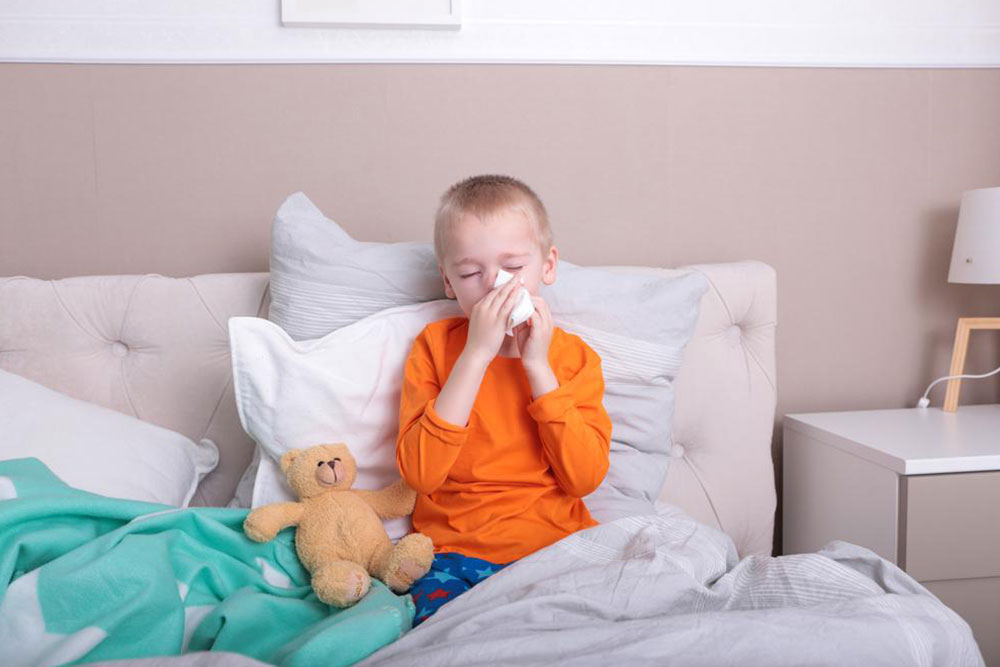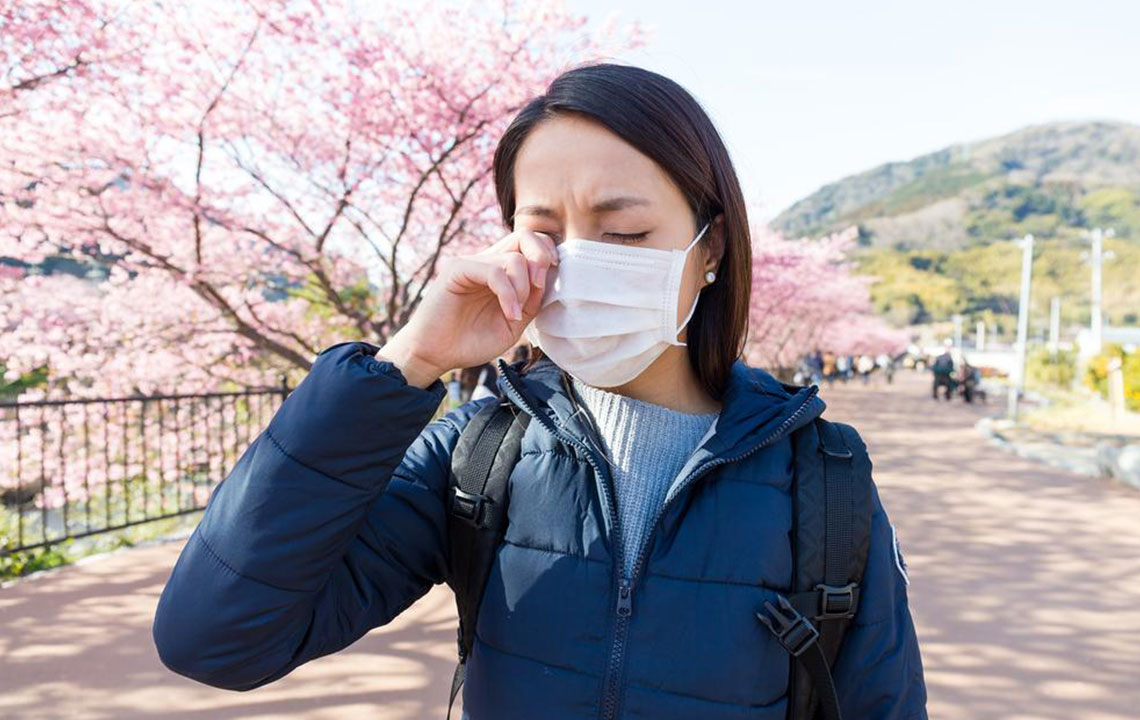Proactive Approaches to Mitigate Childhood Allergies
Learn effective strategies to manage and reduce children's allergies through early recognition, trigger avoidance, and natural remedies. Collaborate with healthcare providers to create tailored plans, ensuring safety during severe reactions and improving comfort for your child. This guide offers practical tips for parents dealing with pet allergies, insect bites, pollen, food triggers, and more, promoting a healthier environment for kids with allergies.

Proactive Approaches to Mitigate Childhood Allergies
Allergic reactions are a frequent concern among children, including infants and young kids. Common triggers include pet dander, pollen, insect bites, and certain foods. Early identification and consultation with a pediatrician are crucial for effective allergy management.
Understanding allergy symptoms
Allergic reactions involve the immune system releasing chemicals like histamine, leading to symptoms such as sneezing, rashes, or nasal congestion. While this response helps fight germs, excessive reactions may require antihistamines to control symptoms.
Recognizing allergy signs in children
Signs include skin issues like hives or rashes, respiratory problems such as nasal congestion, itchy eyes, or coughing. Severe reactions, including difficulty breathing or swelling, require immediate medical intervention.
Common allergy indicators encompass:
Hives and skin rashes
Itchy skin
Swelling and redness
Nasal congestion and sneezing
Watery eyes
Wheezing or breathing difficulty
In critical cases, watch for symptoms like:
Swelling of face, tongue, or throat
Dizziness or weakness
Stomach cramps, nausea, or vomiting
Diarrhea
Loss of consciousness
If these occur, seek emergency care immediately.
Strategies to reduce allergies in children
Collaborate with your healthcare provider to identify triggers and develop avoidance strategies. Understanding effective allergy relief methods is essential.
Pet-related allergy management:
Consider rehoming if allergies are severe
Regular bathing and grooming can reduce pet dander
Limit your child's contact with animals
Insect bite allergies:
Maintain cleanliness and apply insect repellents
Use safe protective sprays and natural repellents in your child's environment
Environmental allergens like pollen, dust, and mold:
Avoid outdoor areas during peak seasons
Have your child wear masks with allergen filters
Use doctor-prescribed antihistamines
Teach your child correct medication usage
Food allergy precautions:
Avoid known allergenic foods
Read food labels carefully
Inform schools and caregivers about allergies
Ensure allergen-free options during events
Managing severe allergic reactions (Anaphylaxis):
Eliminate known allergens from surroundings
Inform caregivers and teachers about the condition
Keep emergency medication accessible at all times
Preventive measures:
Keep antihistamines and emergency drugs nearby
Use age-appropriate medications and monitor expiry dates
Equip your child with inhalers if prescribed, and teach proper use
Consult healthcare providers about allergy immunotherapy options
Natural remedies for allergy symptoms:
Saline nasal rinses help reduce congestion
Warm baths soothe skin and remove allergens
Mix apple cider vinegar in water for relief
Include anti-inflammatory foods like nuts and fish in their diet
Steep nettle leaves in honey tea for antihistamine effects
Raw honey before allergy season may support resistance
Always seek professional medical advice for personalized allergy management and natural treatments.


